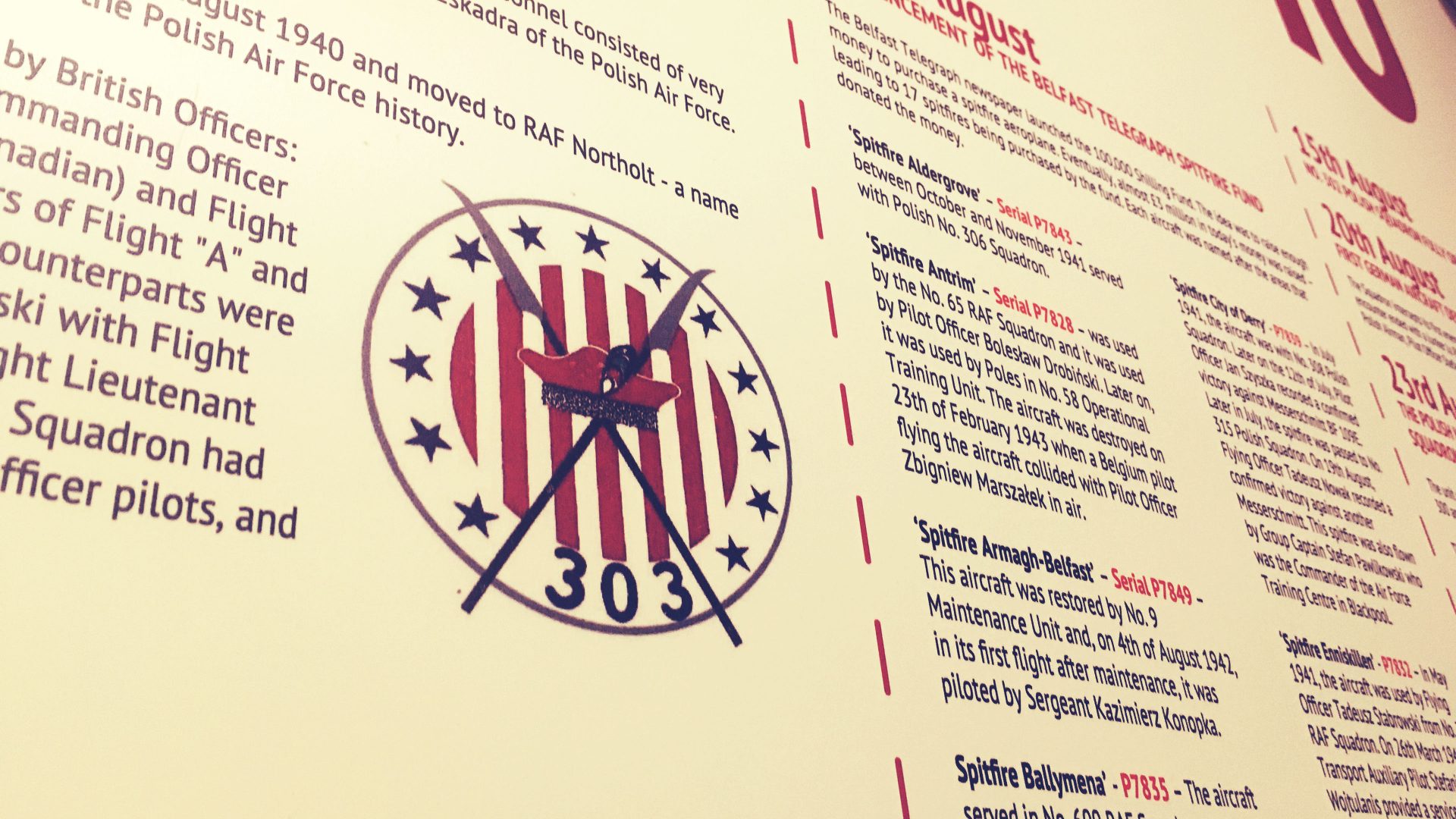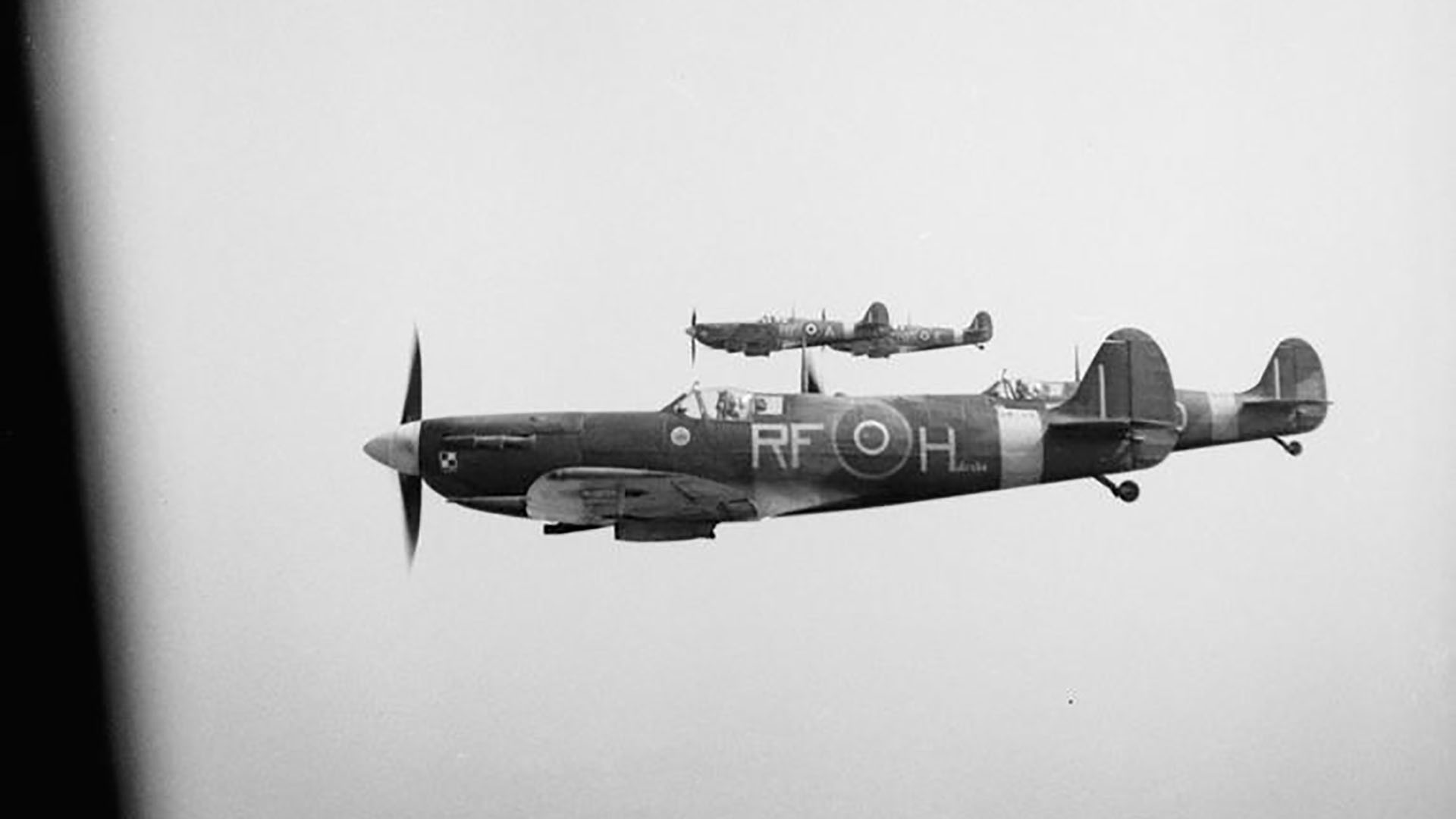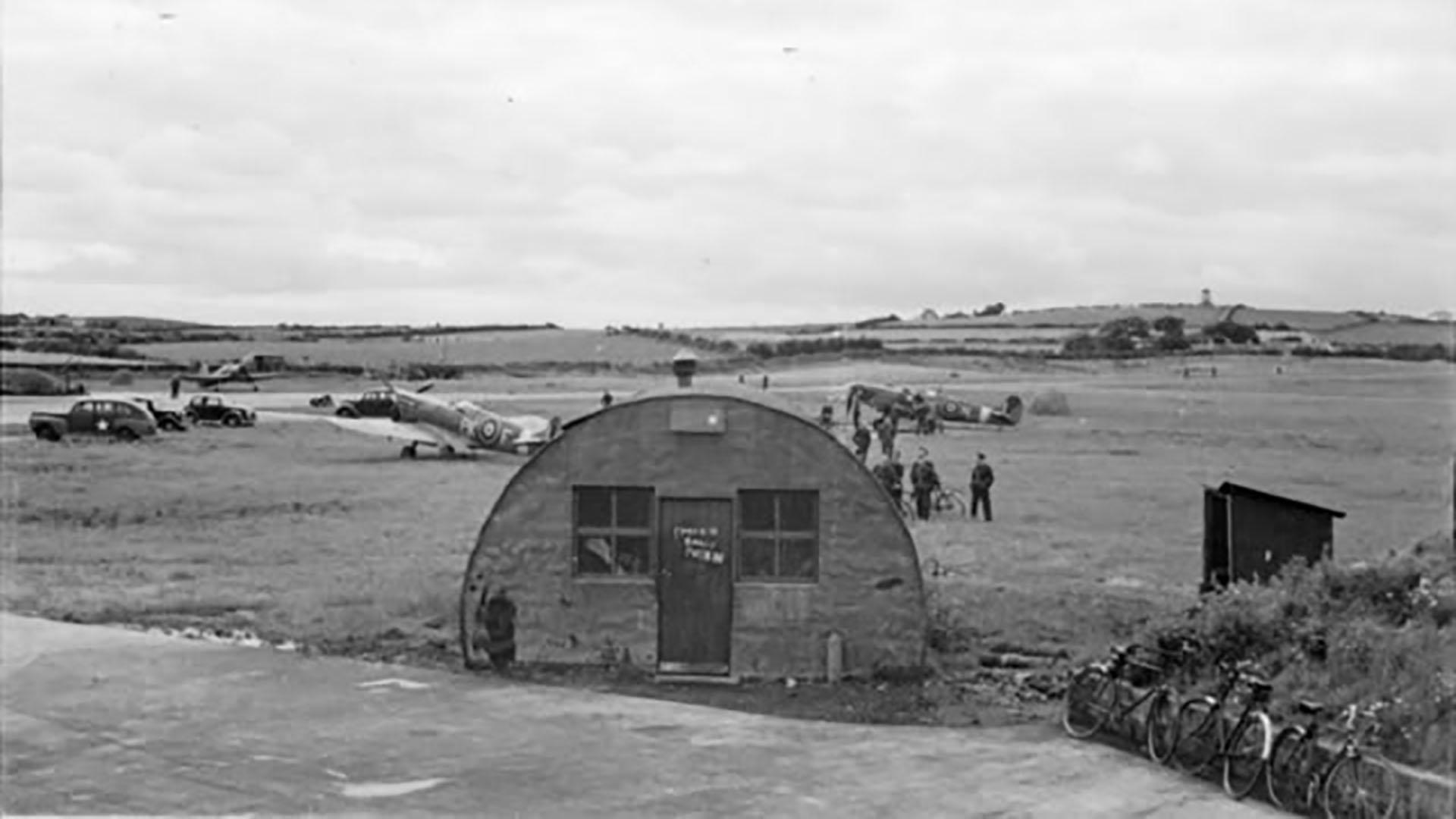RAF 303 (Polish) Squadron was one of 16 Polish squadrons in the Royal Air Force during World War Two. In Polish, they were 303 Dywizjon Myśliwski "Warszawski im. Tadeusza Kościuszki". This nickname was in honour of a famous Polish military squadron from the Polish-Soviet war of 1920.
On 2nd August 1940, the Royal Air Force activated RAF 303 Squadron at RAF Northolt, near London. The formation of the squadron came as a result of an agreement between the United Kingdom and the exiled Polish government. The squadron became operational on 31st August 1940. They had 13 officer pilots, 8 non-commissioned officer pilots, and 135 ground staff.
They would remain active throughout the Second World War until 11th December 1946. Their honours included the Battle of Britain (1940), Fortress Europe (1941-1944), and France and Germany (1944-1945).
Among the planes flown by RAF 303 Squadron were Hawker Hurricanes, Supermarine Spitfires, and North American Mustangs.
The Battle of Britain
To begin with, the Polish Airmen operated under Squadron Leader RG Kellett, Flight Lieutenant JA Kent, and Flight Lieutenant AS Forbes. British command lasted until the Poles became more familiar with RAF Fighter Command languages, procedures, and training.
The Polish airmen were keen to fight and many of them had flown in Polish and French campaigns and were already seasoned aerial fighters.
During the Battle of Britain, RAF 303 Squadron were the highest scorers of the Hurricane squadrons. They had the highest ratio of enemy planes destroyed to own losses. Reports suggest, 126 German planes fell to RAF 303 Squadron during the battle.
Had it not been for the magnificent material contributed by the Polish squadrons and their unsurpassed gallantry, I hesitate to say that the outcome of the Battle (of Britain) would have been the same.
Air Chief Marshal Sir Hugh Dowding. Head of RAF Fighter Command
After the Battle of Britain, RAF 303 Squadron took part in Operation Rhubarb in early 1941. The fighter pilots would embark on low-level attacks, strafing ground targets. By January 1941, the Polish pilots converted from Hawker Hurricanes to Supermarine Spitfires.
On 12th November 1943, RAF 303 Squadron arrived at RAF Ballyhalbert, Co. Down under the command of Squadron Leader Tadeusz Koc. While there, they carried out operational training and flew convoy patrols. By this stage of the war, their fighting prowess was legendary with 203 enemy planes destroyed, 40 probable victories, and a further 25 damaged.
While in Northern Ireland, RAF 303 Squadron joined with 307 and 316 Squadron to form part of Air Defence of Great Britain. Other Polish squadrons joined the 2nd Tactical Air Force and saw more opportunity to engage the enemy. Morale lowered in RAF 303 Squadron and their impressive list of victories in 1943 remained that way for the rest of the war.
After leaving Northern Ireland on 30th April 1944, the Polish airmen would see action on D-Day, as well as across the Netherlands until the war’s end. Despite their battle record and heroic achievements, RAF 303 Squadron were not part of the London Victory Parade in 1946. Due to the treatment of Poland by other Allied nations, morale decreased in the Polish Squadrons.
Today, the United Kingdom and the people of Northern Ireland show much more appreciation to the Polish fighter pilots. In 2018, the movie ‘Hurricane’ told of their exploits during the Battle of Britain.
RAF 303 Squadron were not the only Poles based in Northern Ireland. Throughout the war, 15 Polish men died in Northern Ireland and their graves lie scattered across the province.
The men of RAF 303 Squadron also feature on a series of murals throughout Northern Ireland, many of which are in areas where race hate crimes have taken place. The “Band of Brothers” project was initiated by Ballyhalbert journalist and historian Pete Bleakley.
In June 2018, Ards and North Down Borough Council put forward a proposal for a memorial to the Polish airmen based in Northern Ireland. Unveiled on 18th November 2018, it stands in the War Memorial Garden at Court Square, Newtownards, Co. Down.


